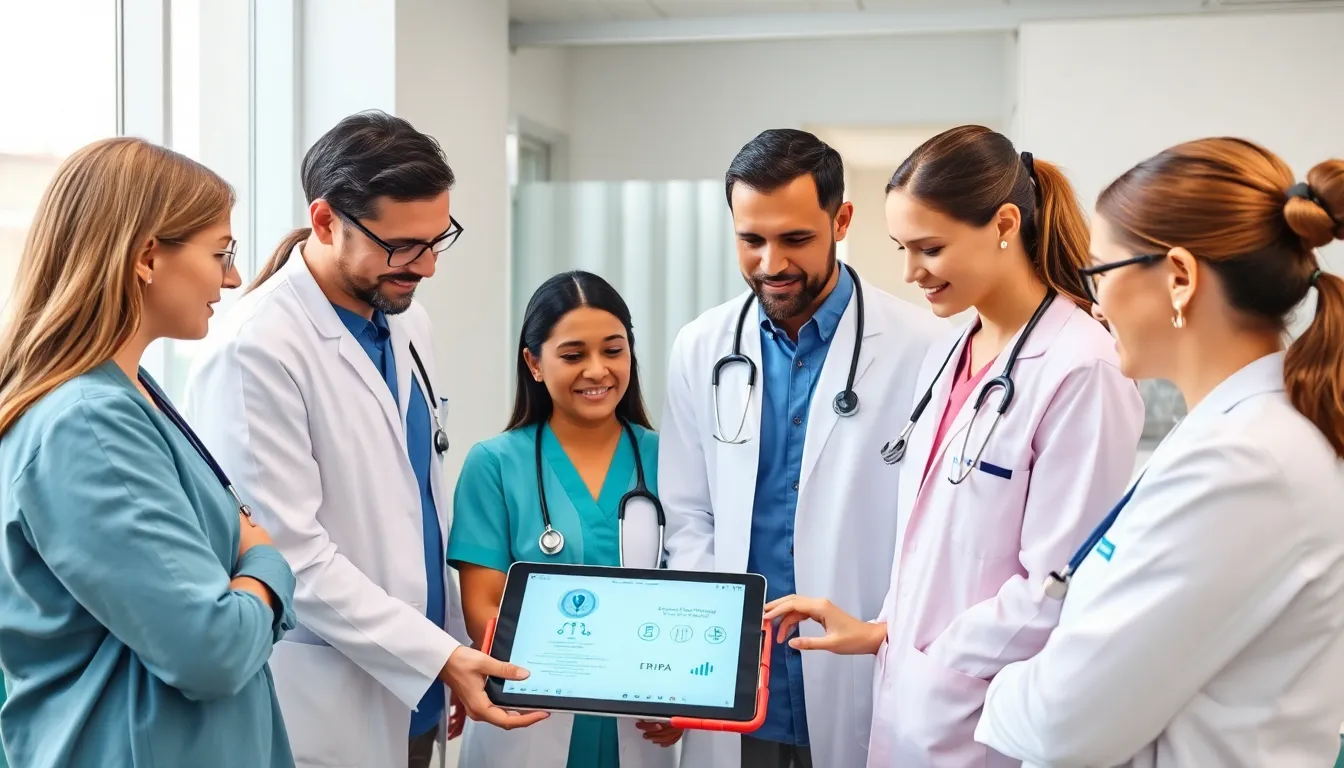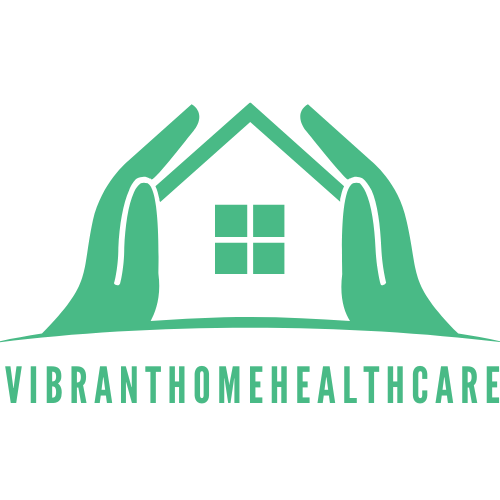In today’s fast-paced world, navigating the multitude of screening options can feel overwhelming. Whether it’s for health, employment, or security, understanding the right screening processes is crucial for making informed decisions. A well-structured screening guide empowers individuals and organizations to streamline their efforts and ensure they’re choosing the best path forward.
This guide delves into the essential aspects of screening, offering practical insights and tips to help users identify what they need. By breaking down complex information into manageable steps, it makes the screening process more accessible and efficient. With the right knowledge, anyone can enhance their decision-making and achieve their goals with confidence.
Table of Contents
ToggleOverview of Screening Guides
Screening guides serve as essential tools for navigating various processes related to health, employment, and security. These guides condense complex information, breaking it into manageable steps. Screening guides enhance understanding and support informed decision-making.
Health Screening Guides
Health screening guides outline necessary evaluations for preventive care. They typically include recommendations for screenings based on age, gender, and risk factors. For example, individuals aged 50 and older may require colonoscopy screenings every ten years.
Employment Screening Guides
Employment screening guides delineate criteria for assessing candidates. These guides often specify background checks, reference checks, and skill assessments. Many organizations conduct criminal background checks to ensure a safe work environment.
Security Screening Guides
Security screening guides help organizations establish protocols for safety. They detail procedures for identifying potential threats and assessing security risks. For instance, security screening in airports involves multiple layers, including passenger profiling and baggage inspections.
Benefits of Using Screening Guides
Using screening guides provides clarity and consistency in decision-making. They streamline processes, reduce errors, and save time. Organizations that adopt screening guides often experience improved outcomes in hiring, healthcare management, and security measures.
Conclusion
Screening guides simplify the complexities of various screening processes. Their structured approach empowers users to engage effectively with the information, facilitating better outcomes in health, employment, and security sectors.
Importance of Screening Guides

Screening guides play a crucial role in streamlining decision-making processes across various sectors, particularly in health, employment, and security. They enhance the understanding of screening protocols and contribute to better outcomes.
Benefits for Health Professionals
Health professionals benefit significantly from screening guides. They:
- Standardize procedures: Screening guides provide uniform protocols for evaluations, ensuring consistent care across different practitioners.
- Enhance accuracy: Clear guidelines minimize the risk of errors in assessments, supporting more accurate diagnoses.
- Facilitate training: New staff can quickly grasp essential screening practices through structured guides, improving onboarding efficiency.
- Promote patient engagement: With established criteria and explanations, professionals can better communicate the rationale behind various screenings to patients.
Benefits for Patients
- Receive timely care: Clear schedules and criteria ensure that individuals undergo necessary screenings at appropriate intervals, promoting early detection of health issues.
- Understand their health needs: Screening guides demystify complex health information, making it accessible and relatable for patients.
- Experience a sense of empowerment: Equipped with knowledge about screenings, patients actively participate in their health decisions, fostering a sense of ownership over their care.
- Enhance overall outcomes: As patients engage with their health plans more effectively, they experience improved health results, reinforcing the value of these guides.
Types of Screening Guides
Screening guides come in various forms, catering to specific needs in health, community, and other sectors. Each type serves a distinct purpose, streamlining processes while providing essential information.
Clinical Screening Guides
Clinical screening guides assist healthcare providers in evaluating patient health through systematic assessments. They incorporate age-appropriate tests and screenings based on medical history and risk factors. Common examples include guidelines for cancer screenings, vaccinations, and chronic disease management.
| Type of Screening | Recommended Age | Frequency |
|---|---|---|
| Mammogram | Women 40+ | Every 1-2 years |
| Colonoscopy | Adults 45+ | Every 10 years |
| Blood Pressure Screening | Adults 18+ | At least annually |
| Diabetes Screening | Adults 45+ | Every 3 years or as needed |
Clinical screening guides promote early detection, enhance treatment efficacy, and support preventive care. They standardize practices among healthcare professionals, contributing to better patient outcomes.
Community Screening Guides
Community screening guides focus on broader public health initiatives aimed at identifying health issues within populations. These guides facilitate outreach programs, enabling communities to access vital health resources. They often address prevalent health concerns, such as diabetes, hypertension, and communicable diseases.
| Community Screening Focus | Target Population | Implementation |
|---|---|---|
| Blood Pressure Checks | All adults | Community health fairs |
| Vision Screening | Children 5-12 | School-based programs |
| Hepatitis C Testing | High-risk groups | Outreach clinics |
| Mental Health Assessments | General population | Collaborative community events |
Community screening guides encourage awareness and education, leading to an increase in early diagnoses. These guides foster collaboration among health agencies, ensuring resources reach those who need them most.
Developing a Screening Guide
Creating an effective screening guide involves understanding essential elements and following best practices. Structured guides enhance decision-making accuracy and promote consistency across various sectors.
Key Components
- Purpose: Define the primary objective of the screening guide. Whether for health, employment, or security, a clear purpose aligns the screening process with specific goals.
- Target Audience: Identify the intended users of the guide. Tailoring content to healthcare professionals, employers, or security personnel ensures relevant information reaches the right audience.
- Criteria Specification: Establish clear and measurable criteria for screening. Use objective indicators such as age, medical history, or background checks to ensure thorough evaluations.
- Step-by-Step Process: Outline a straightforward, sequential process for users to follow. Break down complex procedures into manageable steps to facilitate user understanding and implementation.
- Resources and Tools: Incorporate useful resources, tools, or templates. Users can benefit from checklists, questionnaires, or referral contacts that simplify the screening process.
- Evaluation and Feedback: Include mechanisms for assessing the guide’s effectiveness. Regular feedback allows for continuous improvement, keeping the guide relevant and accurate.
Best Practices
- Simplicity: Keep language clear and straightforward. Use plain language to make the guide accessible to all users, regardless of expertise.
- Consistency: Ensure uniform terminology throughout the document. This approach minimizes confusion and establishes a common understanding among users.
- Regular Updates: Revise the guide frequently to reflect current standards and practices. Incorporating fresh information enhances the guide’s credibility and usability.
- User Engagement: Involve stakeholders in the development process. Gathering input from target users promotes buy-in and increases the guide’s practical relevance.
- Training and Support: Provide additional training or resources to reinforce proper guide usage. Offering workshops or online materials encourages users to engage with the screening process effectively.
- Integration: Align the screening guide with related processes. Ensure that it complements existing protocols, fostering a comprehensive approach to decision-making.
Screening guides play a pivotal role in navigating the complexities of health, employment, and security. By providing clear structures and practical insights, these tools enhance decision-making and streamline processes. Users can achieve better outcomes through increased clarity and consistency, whether they’re healthcare providers, employers, or individuals seeking preventive care.
The development of effective screening guides involves understanding the audience and continuously refining the criteria to meet evolving needs. As organizations embrace these guides, they can expect improved efficiency and reduced errors. Ultimately, screening guides empower users to make informed choices that lead to healthier lives and safer environments.




